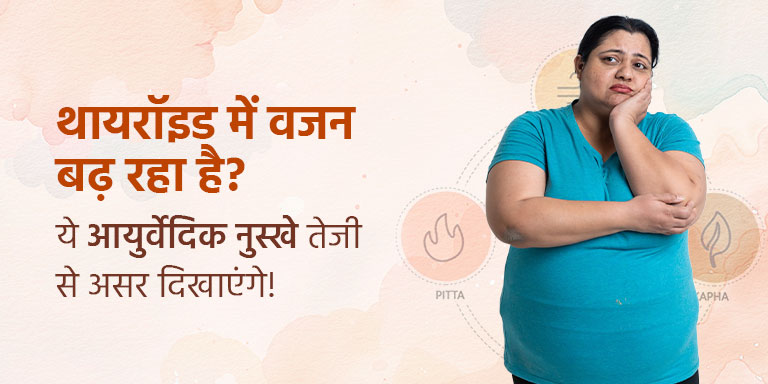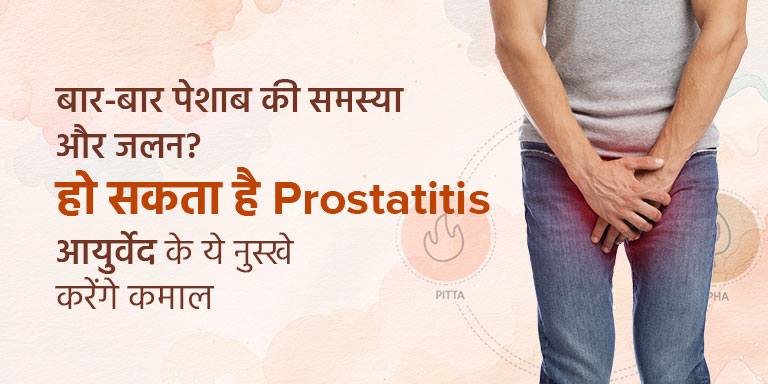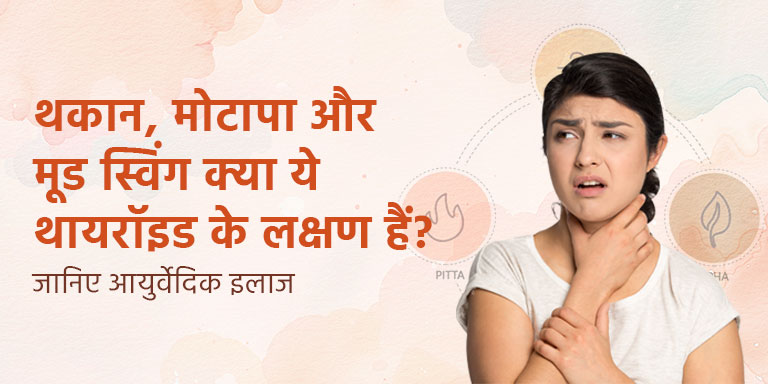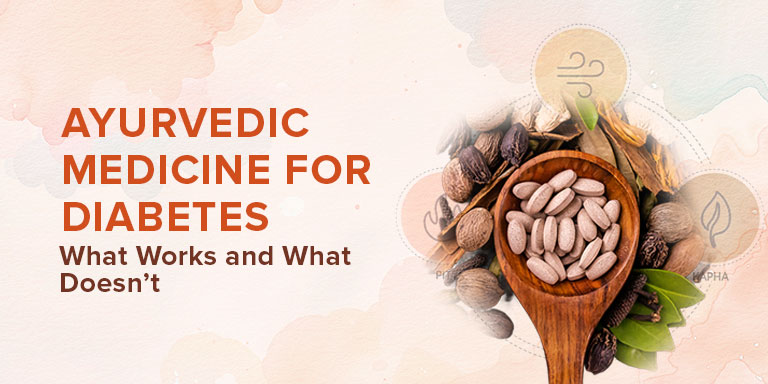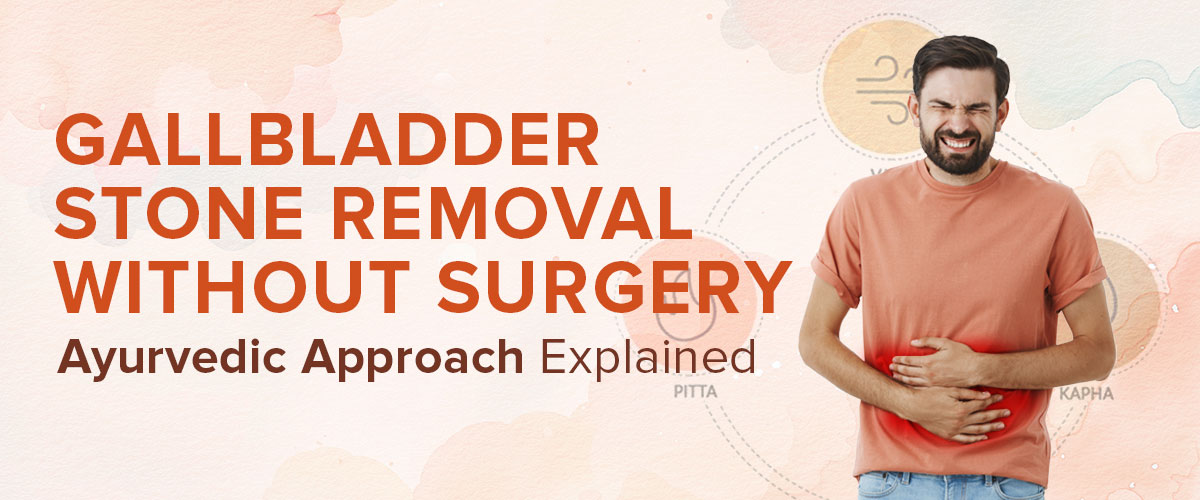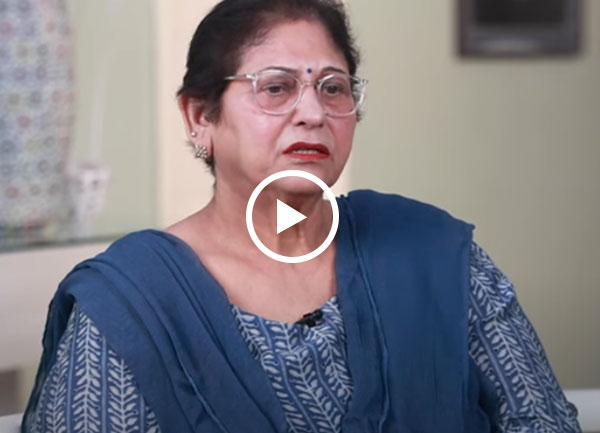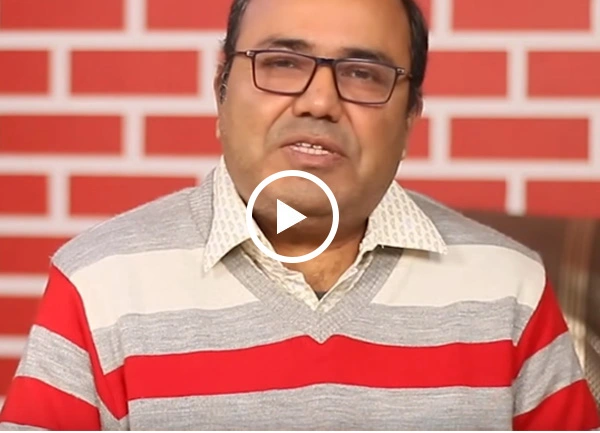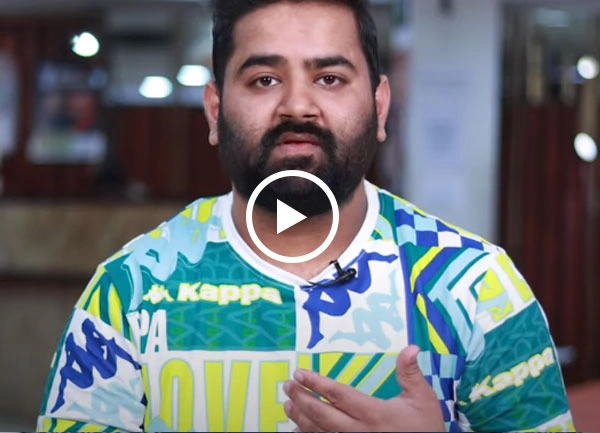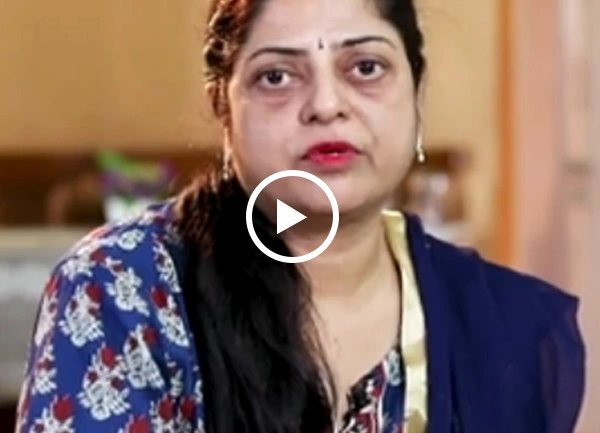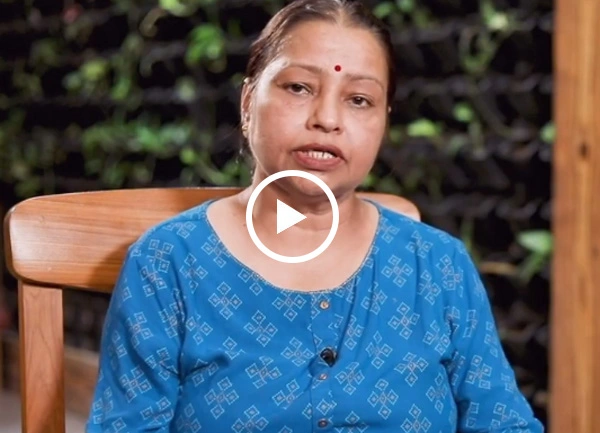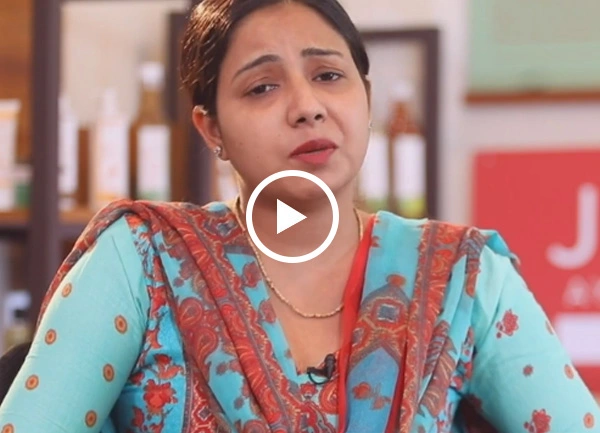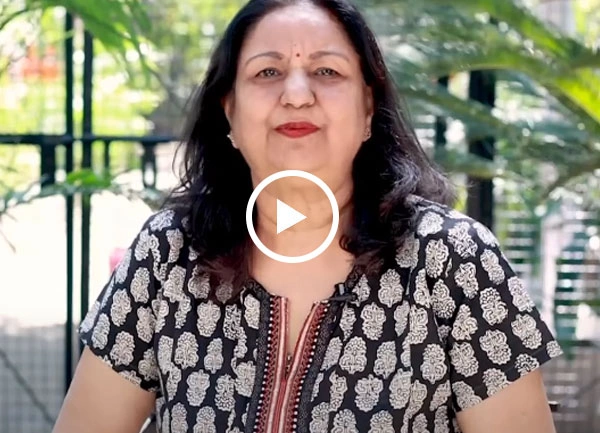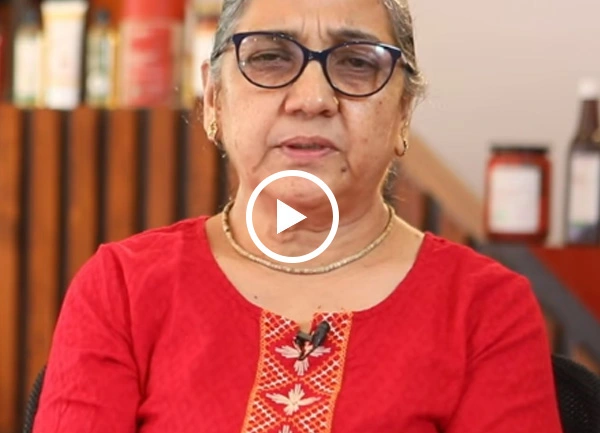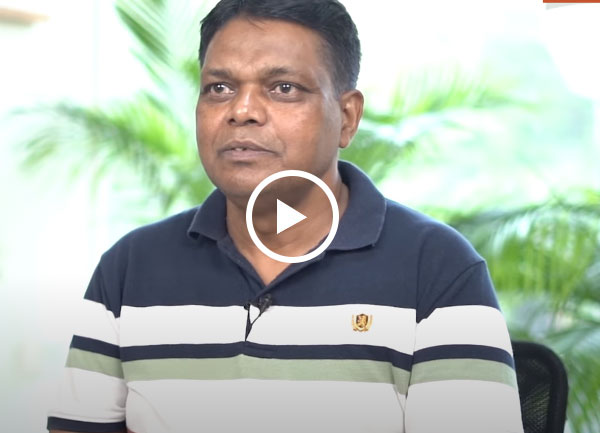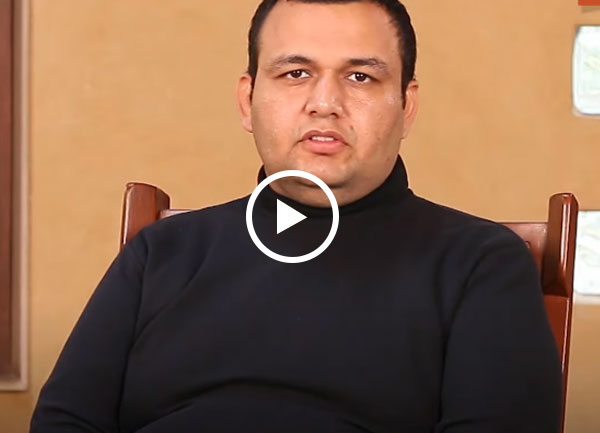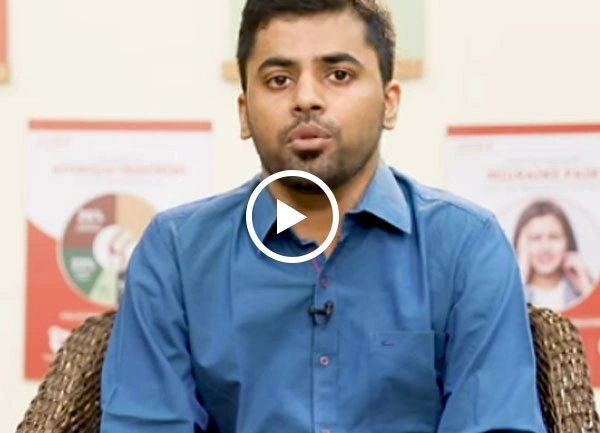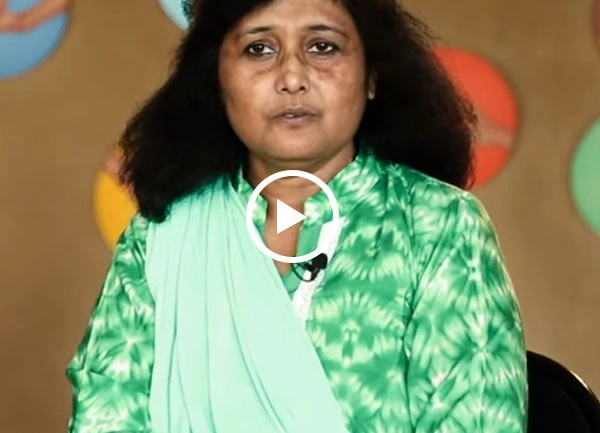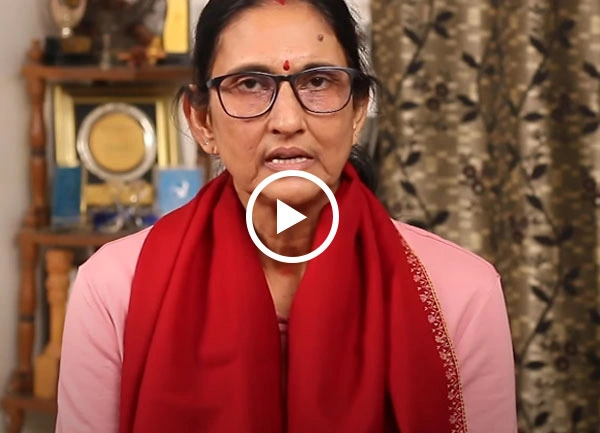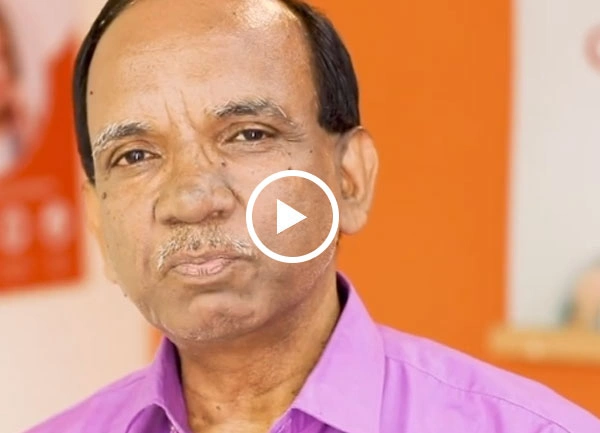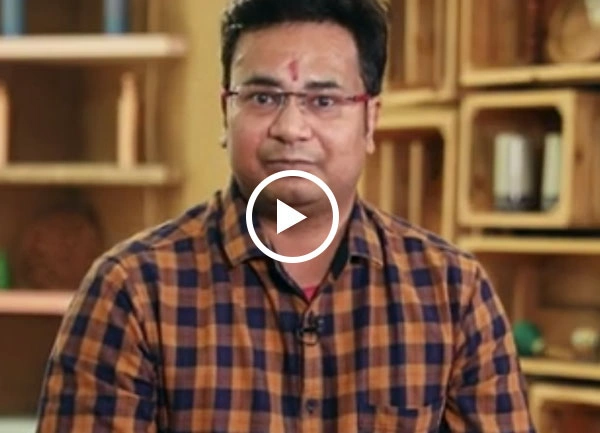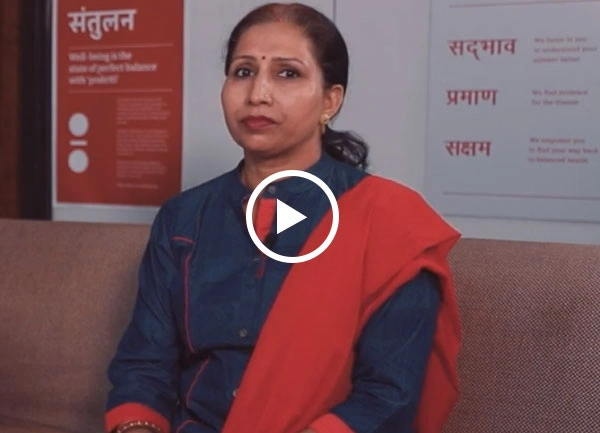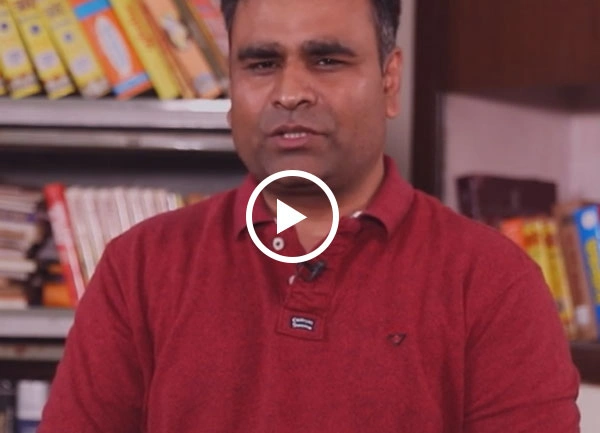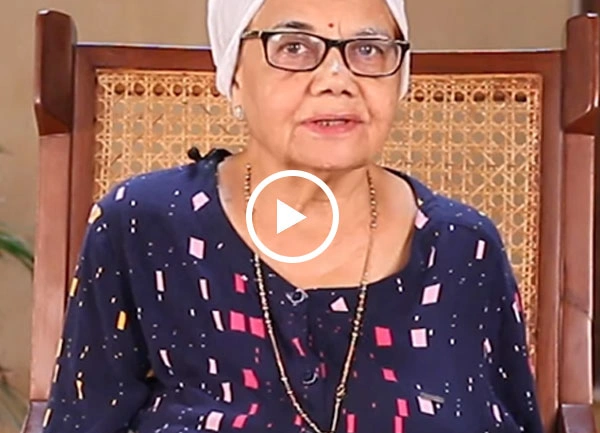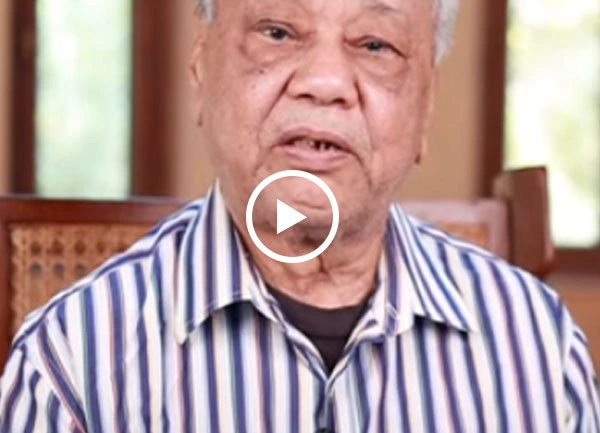Reduce insulin resistance & blood glucose levels:
Slow breathing with around six breaths every minute triggers a parasympathetic nervous system response which improves oxygenation by expanding the bronchioles’ pathways in the lungs. This, in turn, reverses insulin resistance and decreases blood glucose level. A continuous 6-month practice has been shown to reduce blood glucose level, improve quality of life and prevent cardiac neuropathy.
Affects body-weight composition:
Breathing exercises have been effective in the reduction of weight, body mass index, and waist-hip ratio. 60 days of breathing exercises and yoga has shown to effectively reduce weight and body mass index. Diaphragmatic Sine Wave Breathing fills the lungs with fresh oxygen, which enhances oxidation and helps in burning fats, thereby controlling diabetes.
Controls oxidative stress:
Oxidative stress can trigger diabetes-induced inflammation, insulin resistance, and elevated blood sugar. Practising regular yoga and breathing exercises can increase the level of antioxidants, vitamin C, and superoxide dismutase. This produces an intense calming effect on the mind and is responsible for relieving stress.
Regulates mood, stress, depression, and sleep:
Pranayama decreases physiological stress by reducing blood pressure and heart rate along with reducing stress-inducing hormones like adrenaline and cortisol. Pranayama is also known to increase physical energy by balancing oxygen and carbon dioxide levels. Moreover, it is also known to stimulate the release of melatonin, a sleep-inducing hormone. Sleep deprivation disturbs the regulation of HPA and increases the risk of diabetes development. A recent study showed that practising yoga and breathing exercises for 3 months can significantly relieve stress and enhance the quality of life for diabetic patients.
Affects the nervous system function:
Dysfunction of the nervous system is related to obesity, poor heart, respiratory system fitness, insulin resistance, and hypertension. Pranayama has shown to significantly improve cardiac auto-immune function with the reduction in heart rate and blood pressure. Practicing yoga and pranayama can significantly improve latency and higher cognitive and memory functions.
These benefits of pranayama may promote significant improvement in several important factors associated with the management, reduction, and elimination of diabetes
If you are looking for a long term solution , consult a jiva doctor to get the best ayurvedic treatment for diabetes



